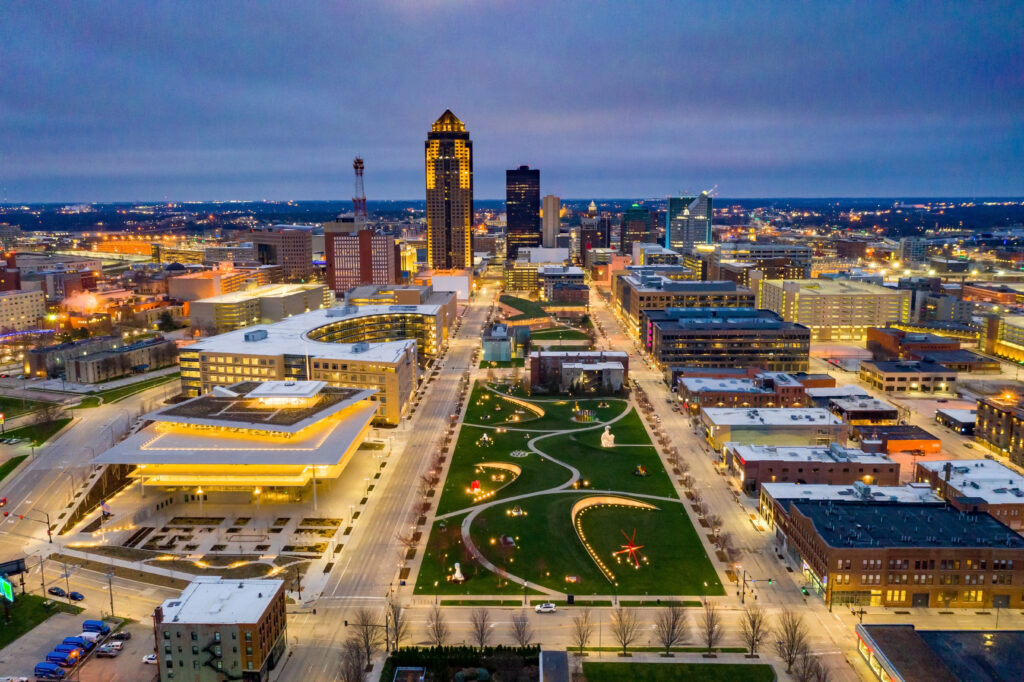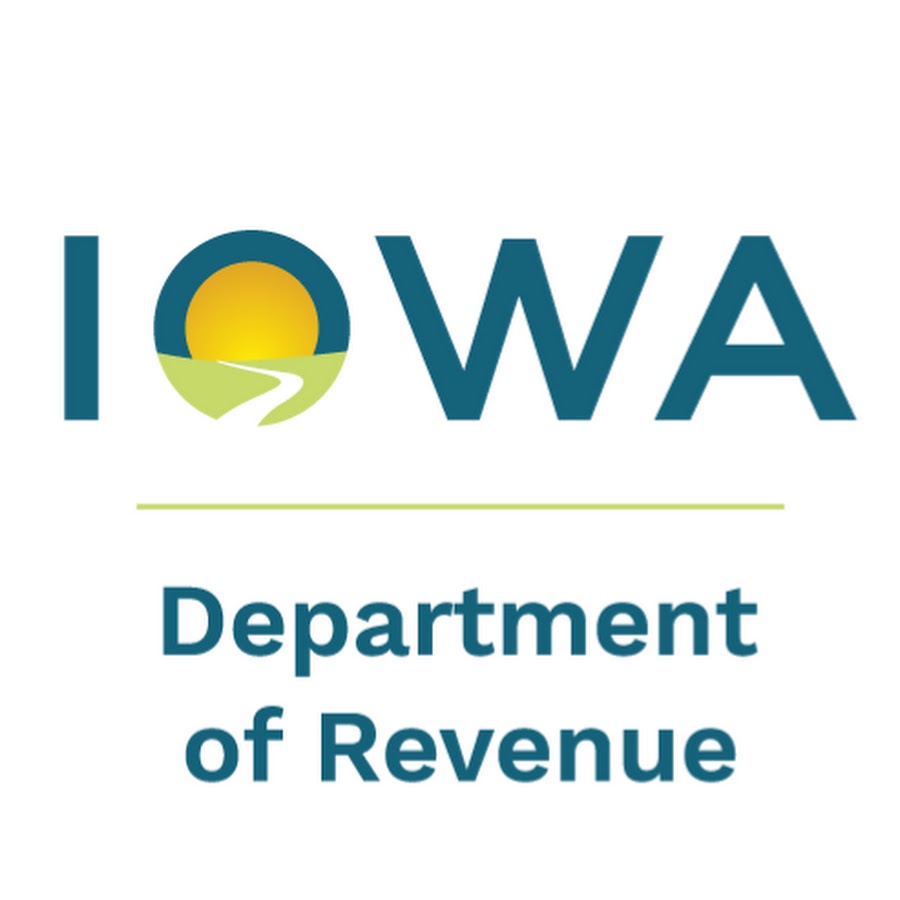What’s next?: Capital Crossroads progress report targets poverty, crime, and attracting creatives

PERRY BEEMAN Sep 9, 2016 | 11:00 am
4 min read time
990 wordsBusiness Record Insider, Economic DevelopmentThe latest regional assessment by Market Street Services paints Greater Des Moines as a market on the rise that competes well with bigger Midwestern cities but still is fighting poverty, talent problems and young professionals’ opinion that the area isn’t adding perks fast enough.
This is the second round of taking a good look at Greater Des Moines’ progress by Market Street, which also handled the first Capital Crossroads report for the Greater Des Moines Partnership and other organizations backing the visioning effort for the area within a 50-mile radius of Des Moines. The firm, based in Atlanta, has worked on economic development and other issues in 160 communities in 34 states over the past 18 years. A steering committee of dozens of Greater Des Moines leaders of various ages and walks is guiding the work.
Take a spin through the assessment, rolled out before an audience of 100 at the Central Library Aug. 30, and you’ll find:
— Capital Crossroads has decided to play up a level, comparing Greater Des Moines data with Nashville, Indianapolis and Kansas City.
— Compared with those markets, Central Iowa generally fares well on median income, average earnings, annual employment, commute times, percentage of people who are uninsured, population growth, education level, airport traffic growth, volunteerism, air quality and water quality (although Partnership CEO Jay Byers warned there is work to do on water).
— Our area didn’t fare as well on poverty, attracting creative professionals, and increases in crime rates (though this area is still relatively safe in comparison with the other cities).
The regional assessment, informed by 3,000 survey responses along with other contacts in the community, calls Greater Des Moines a strong community even compared with those bigger cities.
But significant challenges remain. “Persistent and deeply rooted challenges in the city of Des Moines and certain rural counties continue to limit these areas’ capacity to enjoy the same level of success and wealth-building as other local cities and counties,” the report says. “These trends often do not show up in regional data.”
At another point, Market Street notes that “workforce availability remains the region’s top competitive challenge. Consensus has not been reached on whether these are issues of talent availability or a mismatch between worker skills and those required by regional employer.”
And then there are the perceptions of the millennial workers, who want bus rapid transit, better regional transportation, policies that favor widespread availability of food trucks, a riverfront skatepark and other perks, and indicated there is too much foot-dragging on those projects.
“Millennials in Central Iowa are frustrated by the region’s pace of change. Young leaders would like to see greater Des Moines mentioned in the same breath as talent magnets such as Portland and Austin,” the report said.
Full report
To view the full assessment, go to http://bit.ly/2bAkYnE.
Other key points in the report:
Water quality
Water quality has become a “top tier” issue among residents since the first Capital Crossroads effort, even though one statistical analysis found the area has better water than some of the larger cities. “There is still work to do,” Jay Byers, CEO of the Greater Des Moines Partnership, told the library audience.
Other concerns
Residents also are concerned about transportation, land use, public services and housing affordability.
Poverty
Poverty is clearly an issue, and Polk County Supervisor Angela Connolly told the library audience that is one reason the county has moved to raise the minimum wage. From the report: “Data show that total and youth poverty in the City of Des Moines continue to be comparatively high, though youth poverty has declined in recent years.”
Rising crime rate
This is a relative safe area, but the crime statistics have been heading the wrong way. “The City of Des Moines is safer than the comparison metros, though violent crime is rising faster than the benchmarked cities, Iowa, and the U.S.”
Employment gains
Greater Des Moines had higher employment growth from 2005 to 2010 than all but Nashville. The fastest-growing areas: management of companies and enterprises, professional, scientific and technical services and construction.
Downtown boom, but retail lags
Downtown is booming, but retail, or relative lack of it, is still an issue. “Downtown Des Moines continues to be a locus of massive, transformational investment. With thousands of new housing units coming online or under development, retail amenities like downtown’s first full-service supermarket are slowly but surely emerging. Even so, retail density continues to be an issue in the city’s core. Headquarters construction for Kum and Go and Principal, along with groundbreaking for a long-awaited convention hotel, eventual completion of the Wellmark YMCA, a new courthouse and other projects should make investment in downtown retail an even more compelling proposition,” the report said.
Cost of living
The cost of living in Greater Des Moines is 89 percent of the national average, meaning it is relatively cheap to live here.
Downtown residents
Who is living downtown? The young and the old. “When age dynamics are examined, it is clear that young professionals are drawn to downtown, where walkability, restaurants, and other amenities are available. Over 37 percent of the residents who live in ZIP code 50309 are between the ages of 25 and 44. The second largest age group is experienced professionals between the ages of 45 and 64.”
Des Moines on the rise
For all its challenges, Greater Des Moines is on the rise and positioned to stand out in the Midwest and nationally, the authors wrote. “By far the most common sentiment is that the region continues its ascent as a top-tier metro area in the Midwest and nation as a whole. When asked what qualities differentiate Central Iowa in this regard, survey respondents feel the region’s people, sense of community, and the opportunities it provides to residents are its most compelling assets.”
Final Capital Crossroads report:
The final five-year vision plan and list of specific proposals is expected to be finished this fall.









